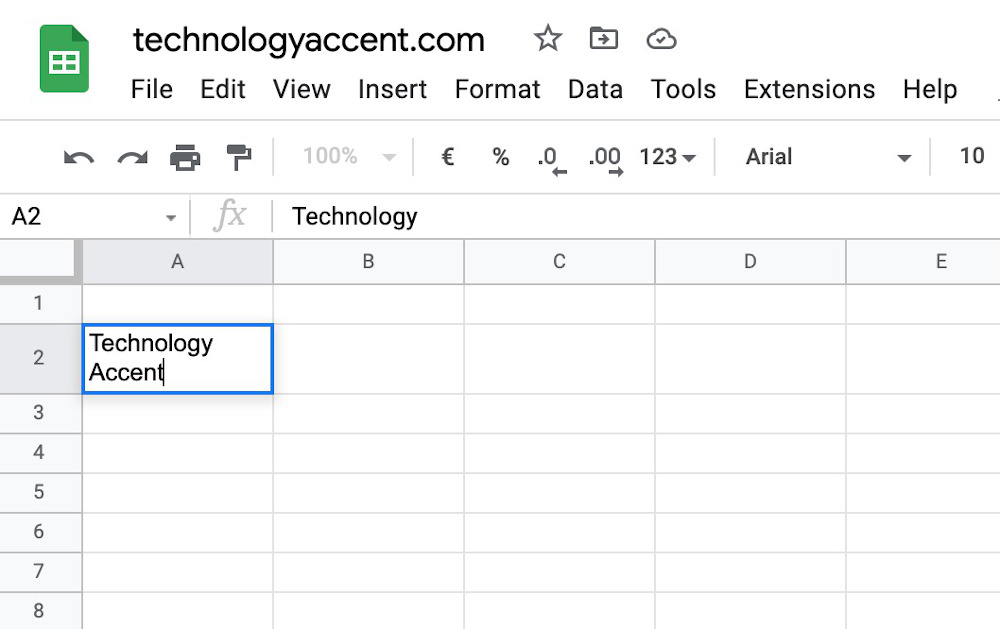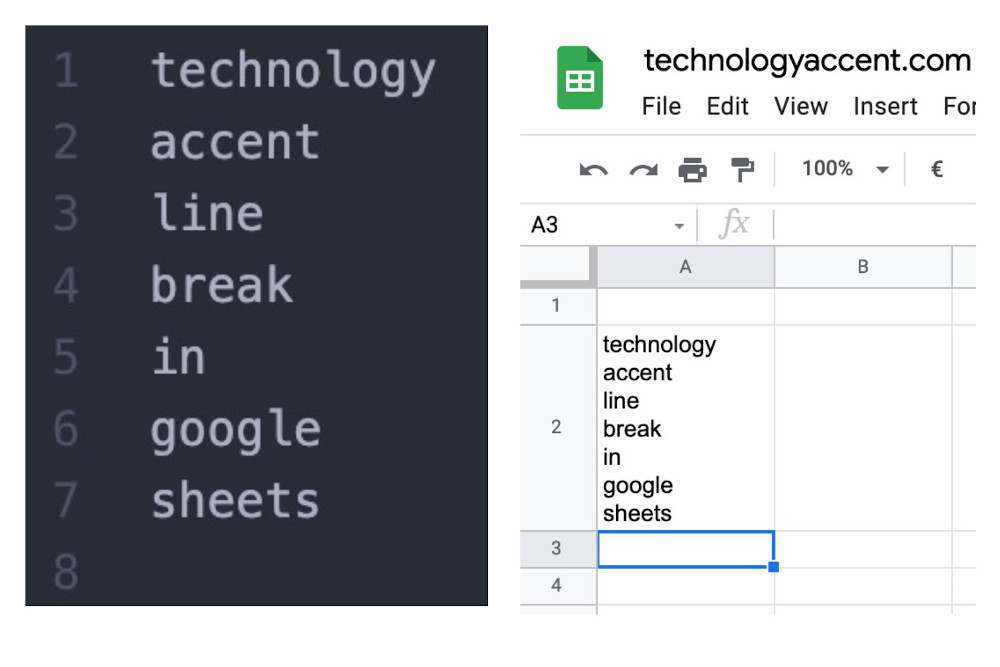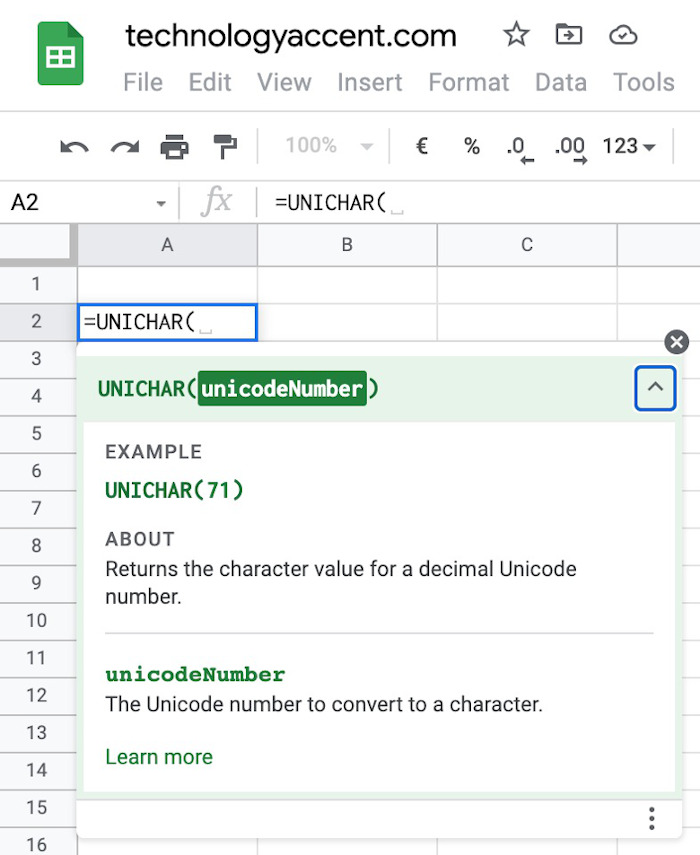Have you ever needed to break a long line of text inside Google Sheets? You instinctively hit enter, and you just get to the cell below. That’s a frustrating sensation, realizing too late that the enter key is not working as you thought. I experienced this many times, so let’s see how to “hit enter” the right way.
How to line break with a keyboard shortcut
The easiest (and probably the only one most of us need) way to insert a line break in google sheets is to use the right keyboard shortcut: Alt + Enter or Ctrl + Enter for windows, or Option + Enter or Command + Enter on mac.

The full step by step procedure to use this shortcut is:
- Get to the right cell
- If you’re writing on a blank cell, write the first part until you need the break. If you need to break an already populated cell, then you need to double click on it to get to “edit mode”, and move your cursor to the point where you need to break the cell contents.
- Once you’re on the right spot, press the Ctr + Enter or Command + Enter shortcut to move the cursor and everything on its right to a new line.
- The cell’s height will automatically expand to adapt to the new content.
- If you need additional lines, you can use the shortcut as many times as you need.
Insert a line break on the go with the Android or ios mobile app
There are times when you need to work on your sheet from a mobile device such as an android or ios smartphone.
To break a single cell in mobile app, you need the Gboard keyboard. I tried other keyboards such as the Microsoft SwiftKey I normally use on my phone, but it’s simply not working.
If you have the Gboard keyboard, it’s just a matter of placing the cursor in the right spot and hitting enter. Nothing more!
Obviously, it’s not practical to install a new keyboard just to do it once, so unless you do it on a regular basis, the easiest way is always to use your computer with the shortcut method.
How to copy and paste a list without breaking on multiple rows
When you copy a text formatted in multiple rows and paste it into google sheets without making too much attention, the default behavior you’ll encounter is the rows get pasted in separate cells in the same column.
Fortunately, Google sheets gives us the ability to get everything in a single cell with only an added step.
Before you paste the list, you have to enter into edit mode with a double click, by pressing Enter, or with the F2 function key.

Google Sheets line break in formula
If you’re a power user using formulas a lot in your spreadsheets, you’ll probably be happy to know that google sheets provide two functions you can use to insert a break: CHAR and UNICHAR.
These functions aren’t specifically there for this purpose, but let’s see how we can use them.
The UNICHAR function
The description about this function provided by google states:
Returns the character value for a decimal Unicode number.
This means that it just returns the Unicode character corresponding to the given Unicode number. However, the Unicode standard includes special characters like the line break character.

We can then insert a break in our formula with the following function:
= UNICHAR(10)The code 10 on the List of Unicode characters corresponds to the linefeed char. For the full list, you can refer to the Unicode Wikipedia page.
You can find more info on the help page for the UNICHAR Function
The CHAR function
This is just another useful function you can use to insert unusual characters like non-printable ASCII characters such as carriage returns.
The syntax here is pretty much the same as the above:
= CHAR(10)Conclusion
When you need to format a long text, having the ability to get additional lines in a single cell is always a great formatting option in Google Sheets. The easiest way to do it is by far with the keyboard shortcut, but if you’re in a more advanced situation, you’ll probably enjoy being able to use the CHAR and UNICHAR functions.